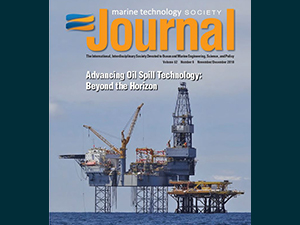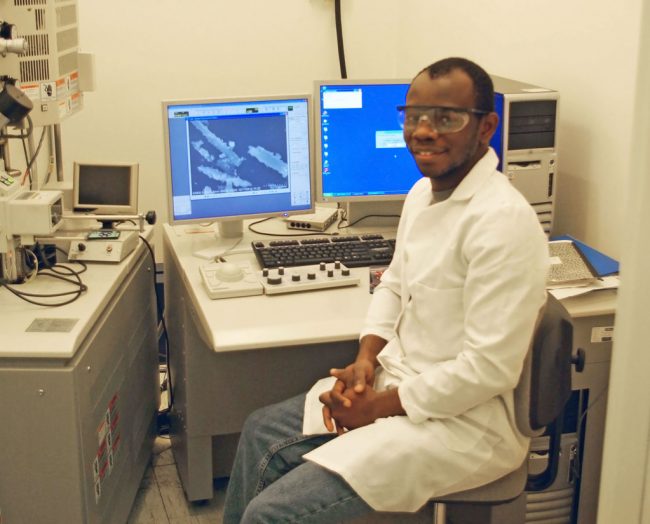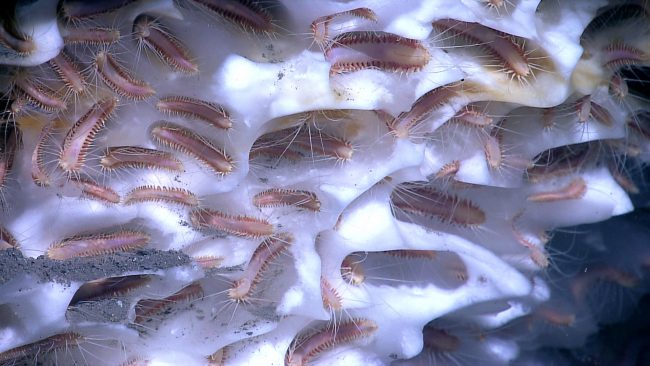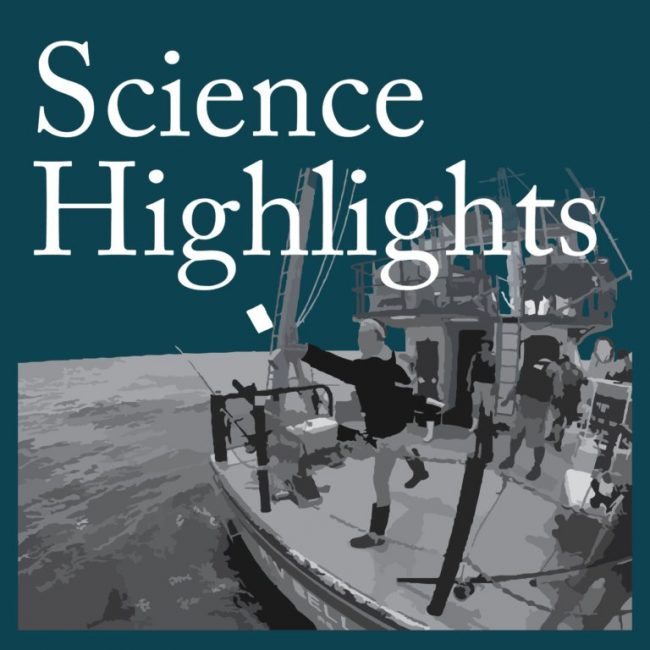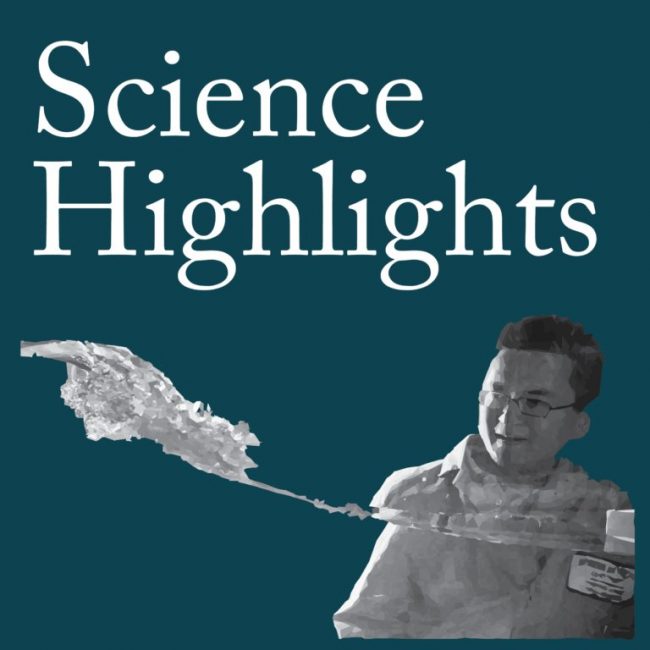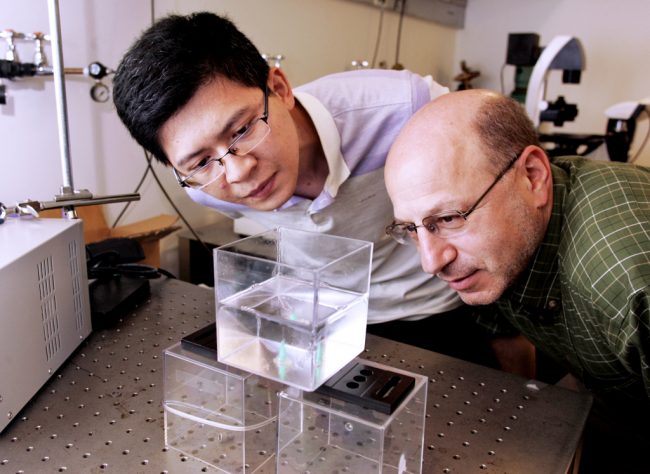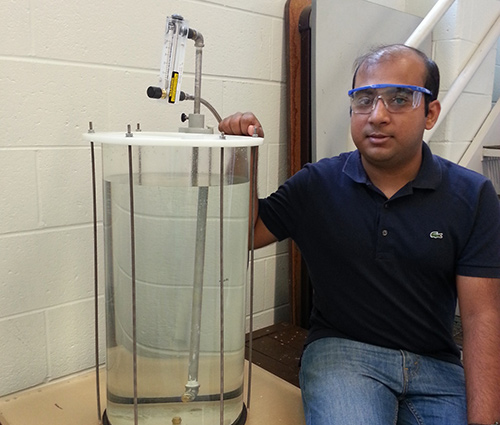Now Available! Marine Technology Society Journal Special Oil Spill Issue
The Gulf of Mexico Research Initiative (GoMRI) is pleased to announce the Marine Technology Society Journal special issue, Advancing Oil Spill Technology: Beyond the Horizon (Volume 52, Number 6, November/December 2018).

